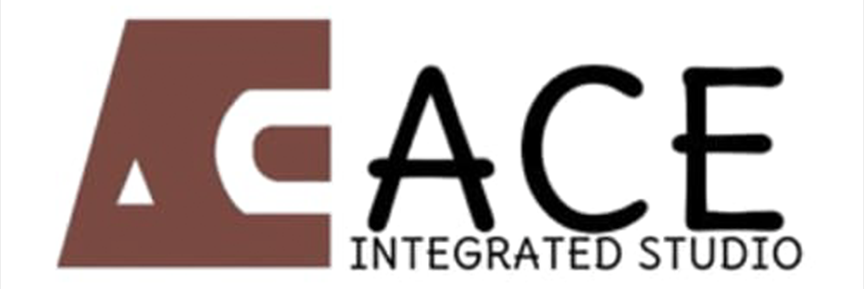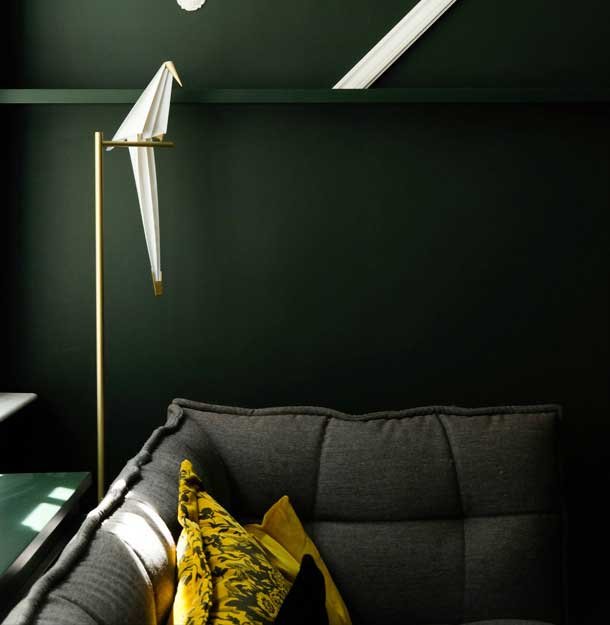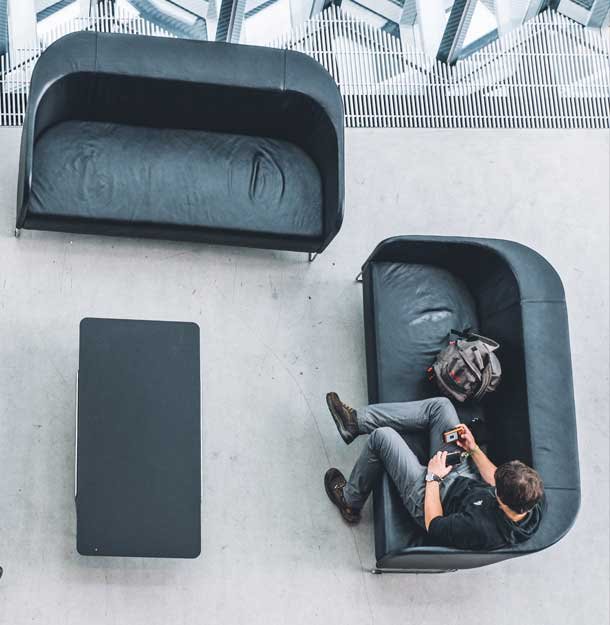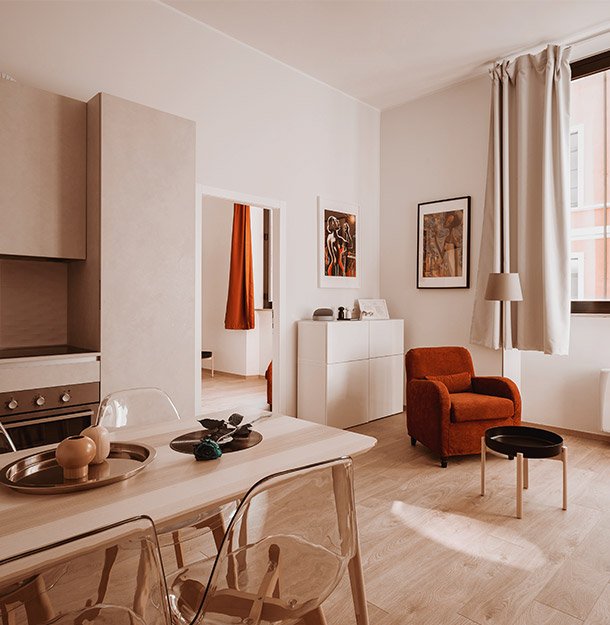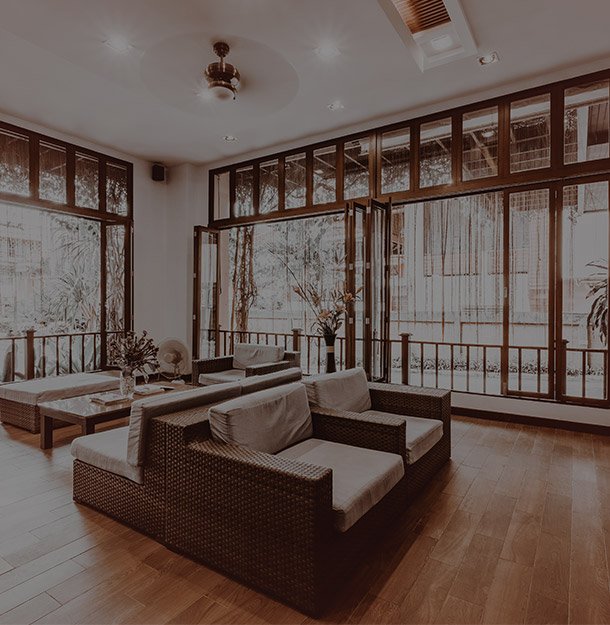Designing the Perfect Corporate Multifunction Space for Modern Offices
As the nature of work continues to evolve, businesses are looking for innovative ways to design office spaces that meet a variety of needs. One of the most effective solutions is the creation of corporate multifunction spaces. These versatile areas are designed to serve multiple purposes, supporting everything from collaboration and meetings to relaxation and individual work. The corporate multifunction space concept is becoming increasingly popular due to its ability to maximize space efficiency, encourage flexibility, and foster collaboration among employees.
In this blog post, we’ll explore how to develop a corporate multifunction space that can adapt to different functions, boost productivity, and enhance the overall office experience for employees.
A corporate multifunction space is a versatile area within an office that can be easily transformed to serve different purposes. These spaces can be used for meetings, workshops, team collaborations, quiet work, social interactions, or even wellness activities. The key to creating a successful multifunctional office space is flexibility—ensuring that the space can be easily reconfigured or adapted to suit different functions as the needs of the business change.
Why Multifunction Spaces Are Essential for Modern Offices
- Maximizing Space Efficiency
- As businesses move towards smaller, more compact offices, it's important to make the most of every square foot. Corporate multifunction spaces enable companies to maximize the use of available space by incorporating furniture and designs that can be adapted for various functions. This flexibility is particularly valuable for businesses with limited office space or those in co-working environments.
- Encouraging Collaboration
- In today’s fast-paced, team-oriented work culture, collaboration is key. Multifunction spaces provide an ideal environment for brainstorming, team meetings, and cross-departmental collaborations. When designed correctly, these spaces allow employees from different teams to come together, share ideas, and work on projects in an open, informal setting.
- Supporting Diverse Work Styles
- Employees have different work preferences. Some may prefer quiet, focused environments, while others thrive in open, collaborative spaces. A corporate multifunction space allows businesses to cater to a variety of work styles by offering different setups, such as quiet zones, open collaborative areas, or breakaway spaces for relaxation.
- Enhancing Flexibility
- Modern businesses need to be agile and adaptable. Multifunctional spaces provide flexibility for changing office needs—whether that’s accommodating remote workers, holding training sessions, or organizing team-building activities. With the right design, these spaces can easily transition from formal meeting rooms to casual social areas or event spaces.
Key Features of a Successful Corporate Multifunction Space
To create a truly effective multifunction space, it’s important to focus on the following key elements:
1. Modular Furniture
- Modular furniture is one of the most important elements of a multifunctional office space. It allows for easy reconfiguration and adaptation to different functions. Consider using adjustable desks, movable chairs, modular seating arrangements, and foldable tables that can be rearranged quickly to suit the needs of the space.
2. Smart Technology Integration
- Technology plays a vital role in modern office spaces. In a corporate multifunction space, integrate smart technology like wireless presentation systems, video conferencing tools, and interactive whiteboards to support collaboration, meetings, and presentations. Wireless charging stations and high-speed internet access are also essential for productivity.
3. Dividers and Flexible Layouts
- Use movable dividers or partitions to create flexible layouts. These can help segment the space into smaller areas for meetings, brainstorming sessions, or private calls. When not needed, the dividers can be removed to open up the space for larger gatherings or events. This flexibility ensures that the office can easily adapt to different scenarios throughout the day.
4. Ergonomic Design
- Comfort is essential for productivity. Corporate multifunction spaces should incorporate ergonomic design elements, such as adjustable chairs, sit-stand desks, and soft seating options that encourage good posture and comfort during long hours of use. Providing a variety of seating options can cater to different work needs and preferences.
5. Breakout and Relaxation Zones
- To enhance employee well-being, include areas for relaxation and informal interaction. Breakout zones with comfortable seating, coffee tables, and informal meeting areas provide employees with space to recharge and socialize. These areas can also serve as alternative meeting spaces, offering a more relaxed environment for brainstorming or team discussions.
6. Aesthetic Appeal
- The look and feel of a multifunction space can have a significant impact on its effectiveness. Use a cohesive design that aligns with your company’s brand identity while also promoting a comfortable, welcoming atmosphere. Consider incorporating natural elements like plants, warm lighting, and vibrant colors to make the space feel inviting and inspiring.
1. Understand Your Office Needs
- The first step in designing a corporate multifunction space is understanding your specific office needs. What are the primary functions you want the space to serve? Will it be used primarily for meetings and presentations, or will it also function as a relaxation area and team collaboration zone? Understanding your team’s needs will help you design the space that best serves your employees.
2. Create Zones within the Space
- Even though the space is multifunctional, it’s important to create distinct zones that serve different purposes. For example, you can have a collaborative area with flexible seating arrangements, a quiet zone with soundproof walls for focused work, and a social area for informal gatherings or team breaks. Zoning will help employees feel more comfortable in different work environments.
3. Incorporate Flexible Design Elements
- Flexibility is key Use elements that can be easily adapted or moved around as needed. Consider modular walls, adjustable lighting, and furniture on wheels that can be easily moved to create different layouts for various functions. These elements allow the space to be reconfigured to suit changing office needs.
4. Consider Acoustic Control
- Since multifunction spaces are used for different purposes, acoustic control is crucial. Use sound-absorbing materials such as carpets, acoustic panels, and curtains to minimize noise disruption, especially in areas where employees need to focus or have private conversations. Ensuring that each zone has the right level of sound control will improve the space’s functionality.
5. Use Color to Set the Mood
- Color plays a big role in setting the tone of an office space. Choose colors that promote focus, creativity, and collaboration. For instance, calming blues and greens can be used in quiet areas to promote focus, while bright yellows and oranges in collaboration zones can energize employees. Ensure the color scheme aligns with your company culture and brand.





